SPF 30 vs 50: Is there a real difference in strength?
Key Takeaways
- SPF 30 sunscreen blocks about 97% of UVB rays, while SPF 50 sunscreen blocks about 98% - a 1% difference in effectiveness.
- It’s essential to focus on proper application and reapplication rather than focusing on a high SPF rating.
- Don’t rely on sunscreen alone to protect yourself from the sun. Wear hats, sunglasses, protective clothing and other measures to keep your skin safe.
Sunscreen is one of the most effective ways to protect your skin from sun damage and skin cancer. According to the Skin Cancer Foundation, research indicates that even daily use of SPF 15 can decrease your risk of squamous cell carcinoma (SCC) by approximately 40% and decrease your risk of melanoma by about 50%.
However, choosing sunscreen at the drugstore can feel like an impossible task. Between all of the SPF numbers and the word salad of acronyms like UVA and UVB, picking the right option for your skin can be overwhelming. But what do those numbers mean? Is there really a difference between SPF 30 and SPF 50? And how can you get the most protection out of your sunscreen?
Read on to learn more about SPF strength differences and how to protect your skin from the sun’s harmful rays.
Understanding SPF in sunscreen lotion
The SPF (Sun Protection Factor) number on your sunscreen bottle is a measure of how well the sunscreen can protect your skin from UVB rays. The SPF number indicates how much longer it will take for the skin to burn with sunscreen compared to without it.
For example, if you normally start to burn after 10 minutes in the sun, an SPF 15 sunscreen theoretically allows you to stay in the sun for 150 minutes (10 minutes x 15) without burning.
However, it’s important to note that skin damage is actually caused by two types of ultraviolet (UV) rays: UVB rays and UVA rays. Here are the main differences between the two:
- UVB Rays: UVB rays are the primary cause of sunburn and skin cancer. UVB radiation penetrates the outermost layer of the skin (the epidermis) and damages DNA in skin cells. This can lead to mutations and skin cancers such as melanoma, basal cell carcinoma and squamous cell carcinoma. They are most intense between 10 a.m. and 4 p.m. and during the summer months. SPF is designed to protect against UVB rays.
- UVA Rays: UVA rays are what causes skin aging, sunspots and tanning, and they penetrate deeper into the skin. UVA rays are consistently present throughout the day and year, regardless of the weather or season. Only sunscreens labeled as "broad-spectrum" can protect against UVA rays. UVA protection is usually indicated by specific ingredients like avobenzone, zinc oxide, or titanium dioxide.
Therefore, if you’re looking for a sunscreen with both UVA and UVB protection, you should look for bottles with both an SPF and a “broad-spectrum” label.
The difference between SPF 30 vs 50
The primary difference between SPF 30 and SPF 50 sunscreens lies in their level of protection against UVB rays. SPF 30 sunscreen blocks about 97% of UVB rays, while SPF 50 sunscreen blocks about 98%. In other words, the difference between SPF 30 and 50 is not substantial.
In theory, SPF 30 means you can be in the sun 30 times longer than you could without any sunscreen before burning. If you typically start to burn after 10 minutes, then SPF 30 should protect you for 300 minutes (about 5 hours). Following the same logic, an SPF 50 sunscreen would allow you to stay in the sun 50 times longer without burning (500 minutes, or approximately 8.3 hours).
In practice, however, SPF isn’t a 100% accurate way to determine how much protection you’re getting from UV radiation. This is because SPF is calculated in a controlled lab environment using methods that are hard to replicate in real life: scientists put at least 15 drops per 30 square centimeters of sunscreen on a volunteer’s untanned skin, spread the sunscreen with a gloved finger for at least 30 seconds with “light pressure” in a specific pattern, and then calculate how long it takes for the skin to redden after being under a UV light.
Outside of a lab environment, these sunscreen application methods can be very tricky to copy – people don’t usually apply sunscreen with gloves or measure out their sunscreen in droplets!
In real life, people go swimming, sweat off their sunscreen, or forget to reapply. So instead of focusing on SPF value alone, you should also remember to apply and reapply frequently while seeking out other methods of sun protection, like shade, hats or UV-protective clothing.
Do higher-SPF sunscreens work better?
Not necessarily. The testing methods for SPF values are subjective and can vary. Additionally, higher SPF ratings can give a false sense of security, leading people to stay in the sun longer without reapplying. When it comes to sunscreen, it’s essential to focus on proper application and reapplication rather than relying solely on a high SPF rating.
Some of the main critiques with high SPF sunscreens include:
- Cost: Unfortunately, higher-SPF sunscreens tend to be more expensive than their lower-SPF alternatives. For instance, Neutrogena’s SPF 55 Ultra-Sheer dry touch sunscreen costs $13.99 at CVS, while their SPF 70 is priced at $15.49. That’s a 10% price increase for less than 1% difference in sun protection.
- Misuse of products: Some studies have found that higher-SPF sunscreens give people false confidence about their sun protection. As a result, they often spend more time in the sun, which can actually heighten their risk of skin cancer.
- Misleading labels and marketing: There is insufficient data to show that broad-spectrum sunscreens with an SPF level above 60 provide meaningful benefits. In other words, SPF 100 has no significant advantage over SPF 60. Because of this, the FDA proposed a cap on SPF values in 2021 that would restrict companies from labeling sunscreens with an SPF value higher than 60.
How to get the most protection out of your sunscreen
Don’t rely on an SPF number alone to protect your skin. Proper sunscreen application, reapplication, and using an adequate amount of sunscreen are more important factors in effective sun protection. To maximize your sunscreen’s effectiveness, follow these tips:
- Apply generously: Use a sufficient amount of sunscreen. For full body coverage, an adult needs about one ounce (a shot glass full).
- Reapply often: Sunscreen should be reapplied every two hours, or more frequently if you've been swimming or sweating – even if the lotion is water-resistant.
- Check your sunscreen’s expiration date: Sunscreen loses its effectiveness over time. Discard any expired sunscreen to ensure you're getting the best protection.
- Use additional protection: Even if you’ve applied sunscreen, be sure to wear protective clothing, hats and sunglasses. You should also seek shade whenever possible. Remember, no sunscreen can block 100% of UV rays!
- Know your skin type: People with sensitive skin or fair skin tones may benefit from using mineral sunscreens with ingredients like zinc oxide and titanium dioxide.
- Choose a broad-spectrum sunscreen: If you want UV protection from both UVB and UVA rays, the best sunscreen choice would likely be a product with broad-spectrum protection.
How Sesame can help
Protecting your skin from the sun can help reduce the risk of sun damage, premature aging, skin cancer and more. If you’re looking for detailed skin care advice, a dermatologist on Sesame can help.
Simply browse providers, prices and availability, then select a time slot that works for you and book! During the consult, your provider can help determine what type of sunscreen and SPF level is best for your skin and sun safety needs.
Related posts
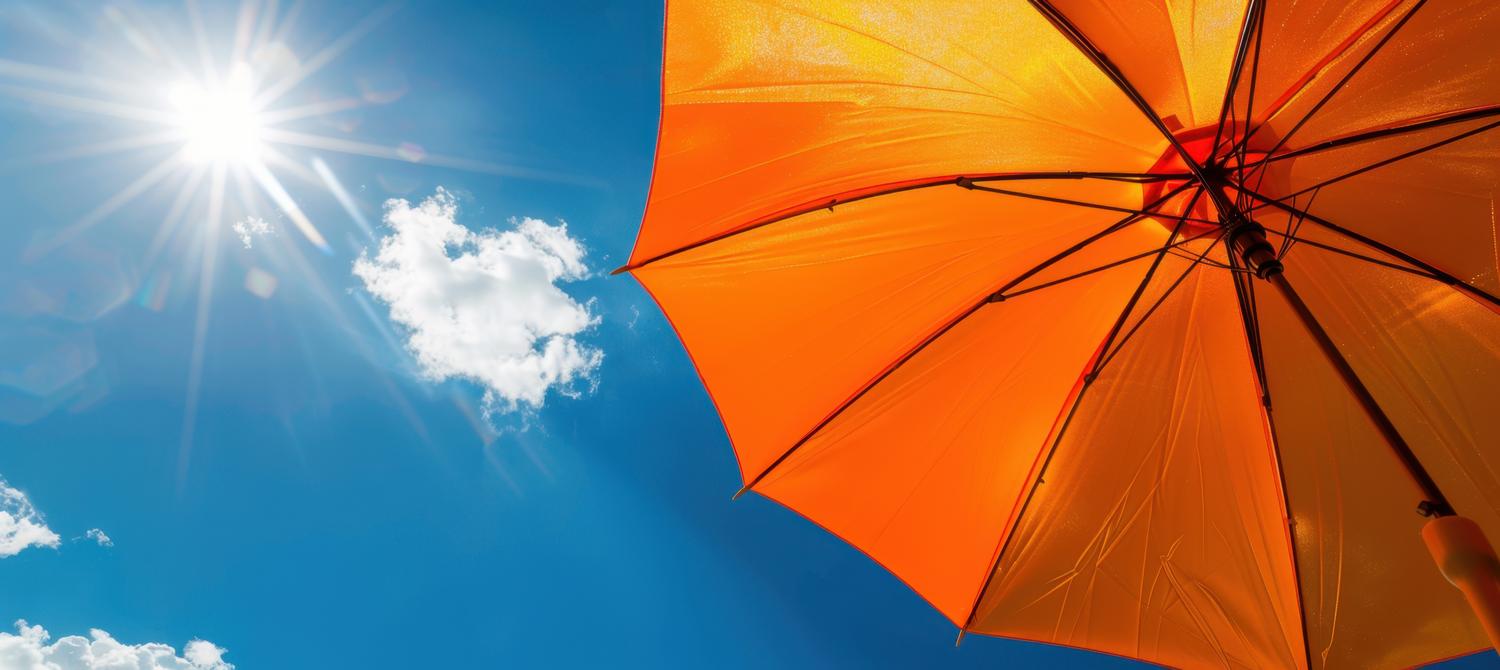
Learn the differences between UVA and UVB rays, their effects on your skin and how to protect yourself. Discover the risks of UV radiation, including skin cancer, and get practical tips for effective sun protection and choosing the right sunscreen.
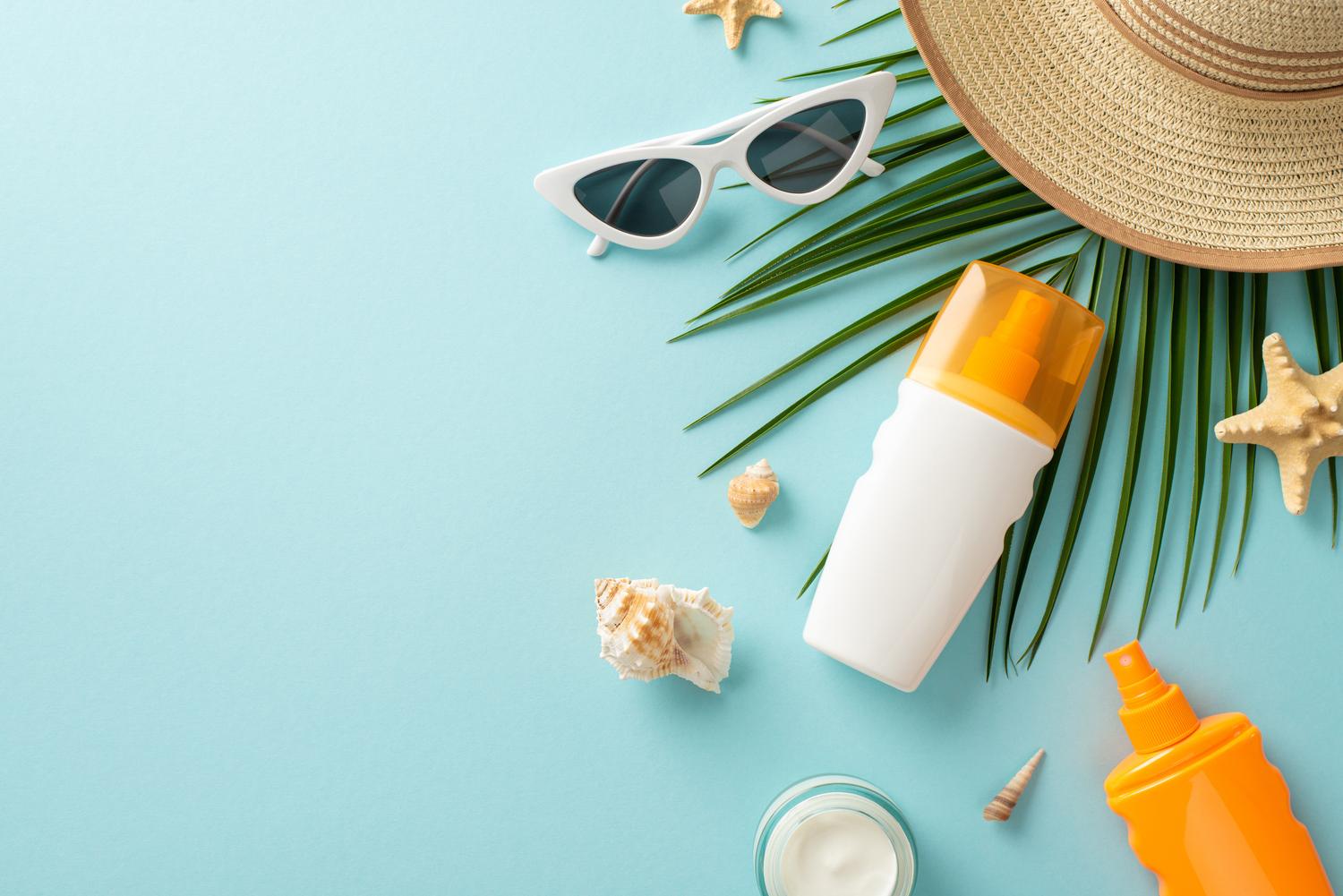
Explore UV sunglasses, clothing, stickers, and beach umbrellas that enhance your sun protection routine, allowing you to enjoy summer safely. Learn how these products offer added defense against harmful UV rays.
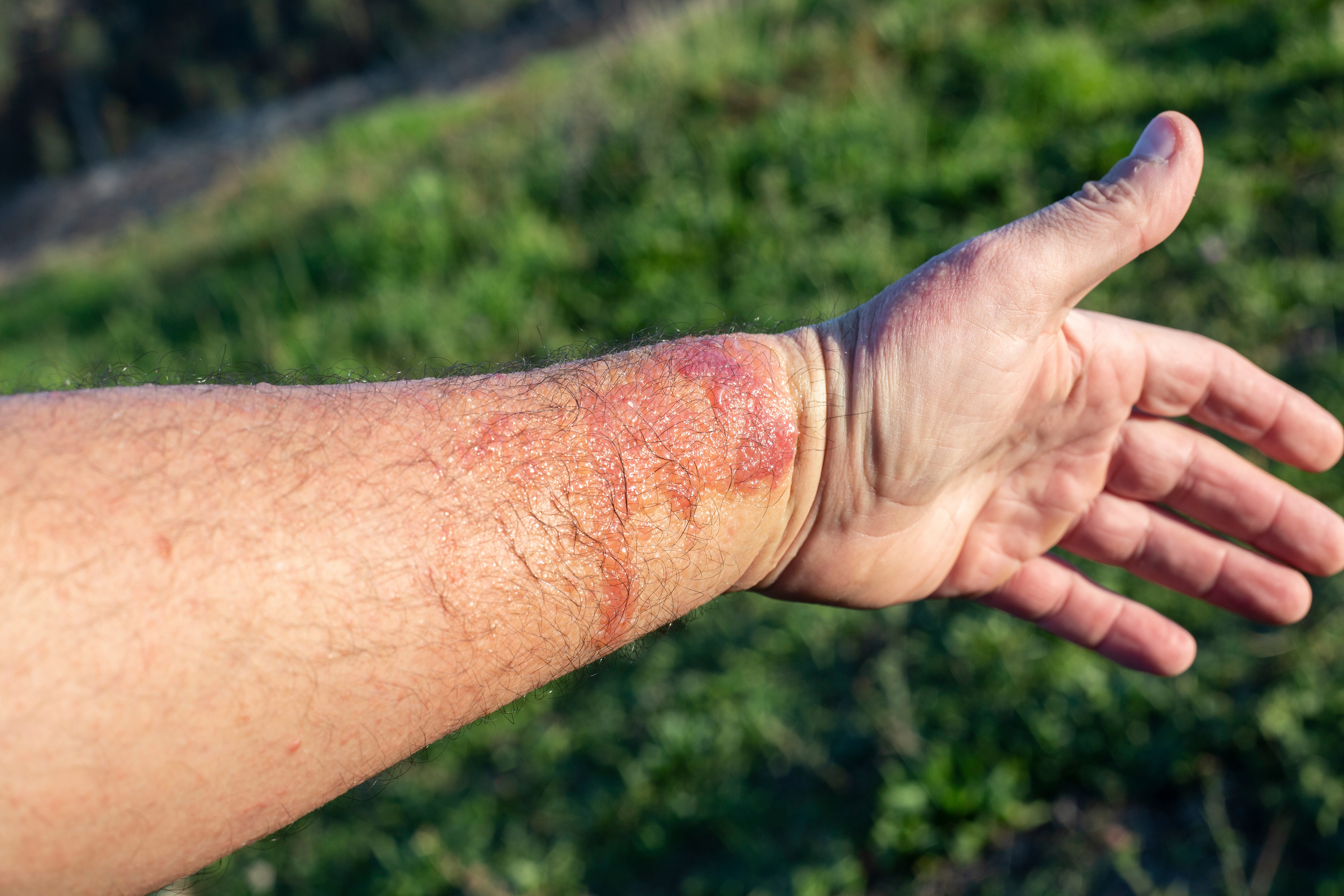
Learn how to treat and prevent rashes and blisters from margarita burn (phytophotodermatitis), a painful skin reaction caused by citrus and sun exposure.
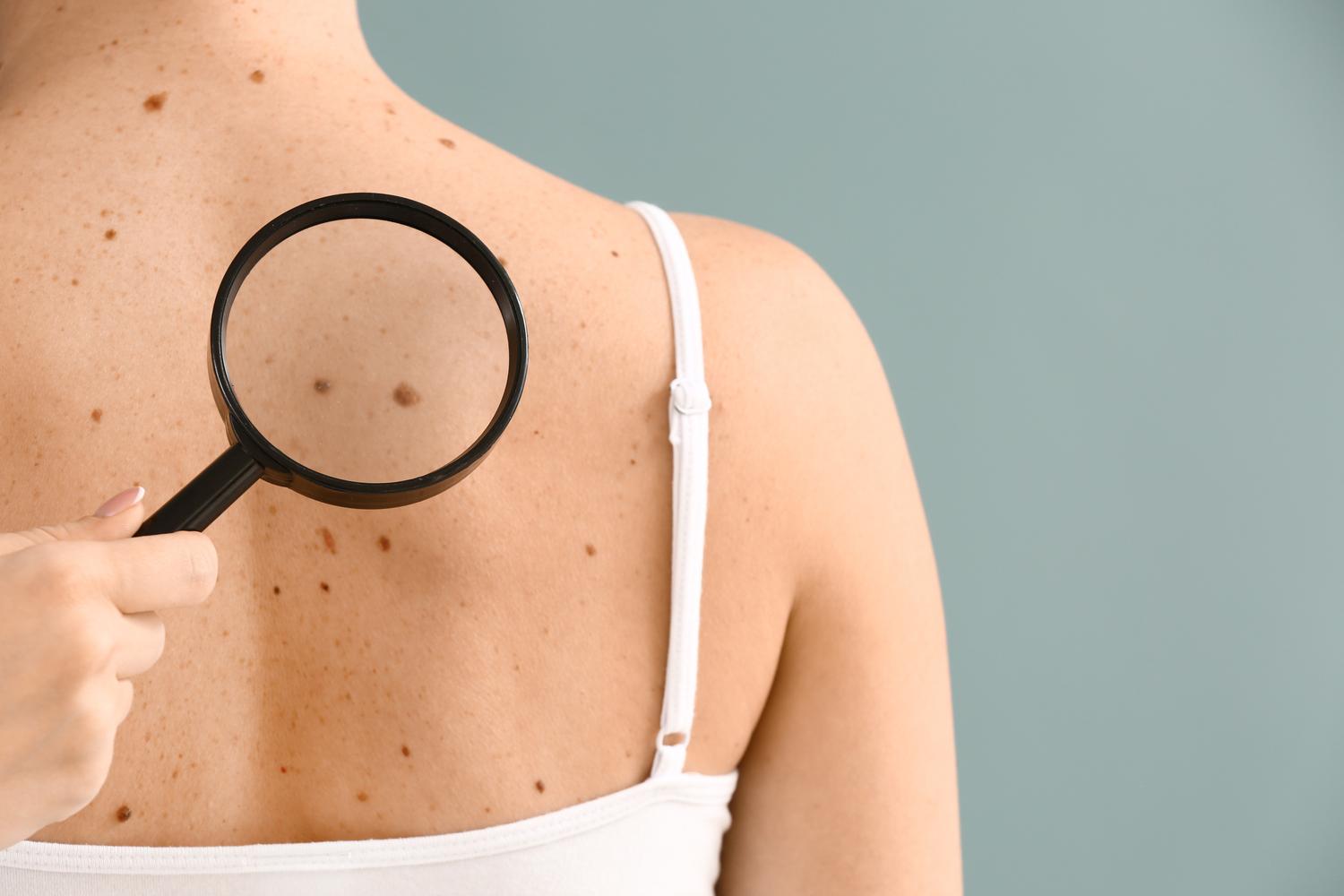
An estimated one in five Americans will develop skin cancer in their lifetime. Here's what you need to know about skin cancer causes, detection and prevention.

We want you and your family to get the most out of your summer activities. Whether heading to the beach, hiking, or tackling yard work, these simple safety tips can help you stay healthy and safe in high temperatures.
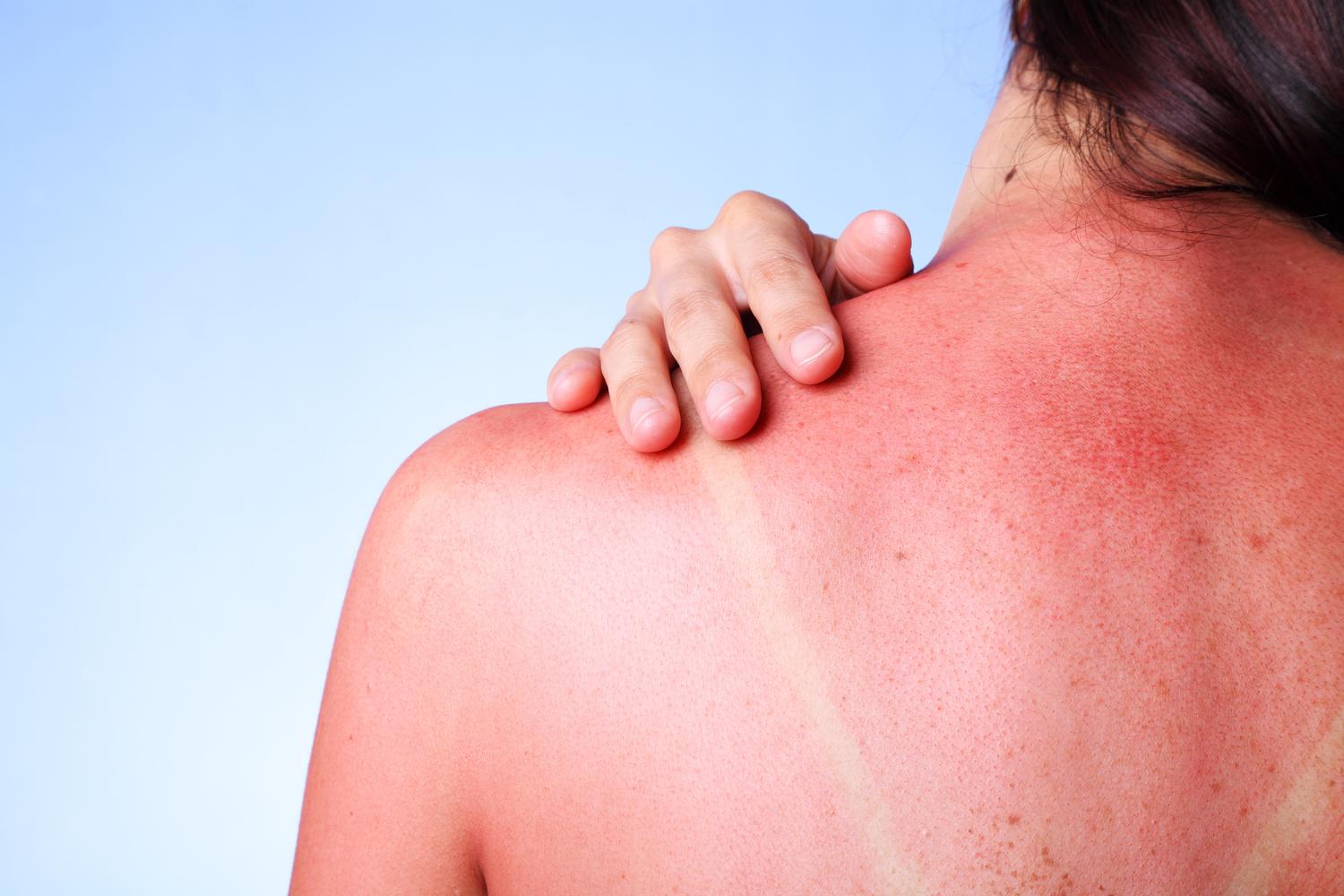
Around a third of Americans report getting sunburned each year. Common as sunburns are, they're also painful and can cause long-term damage to your skin. Read on for treatment and prevention tips to help keep your skin protected now and into the future

These travel health tips can help prepare you for common travel health issues like bug bites, sunburns and swimmer’s ear.
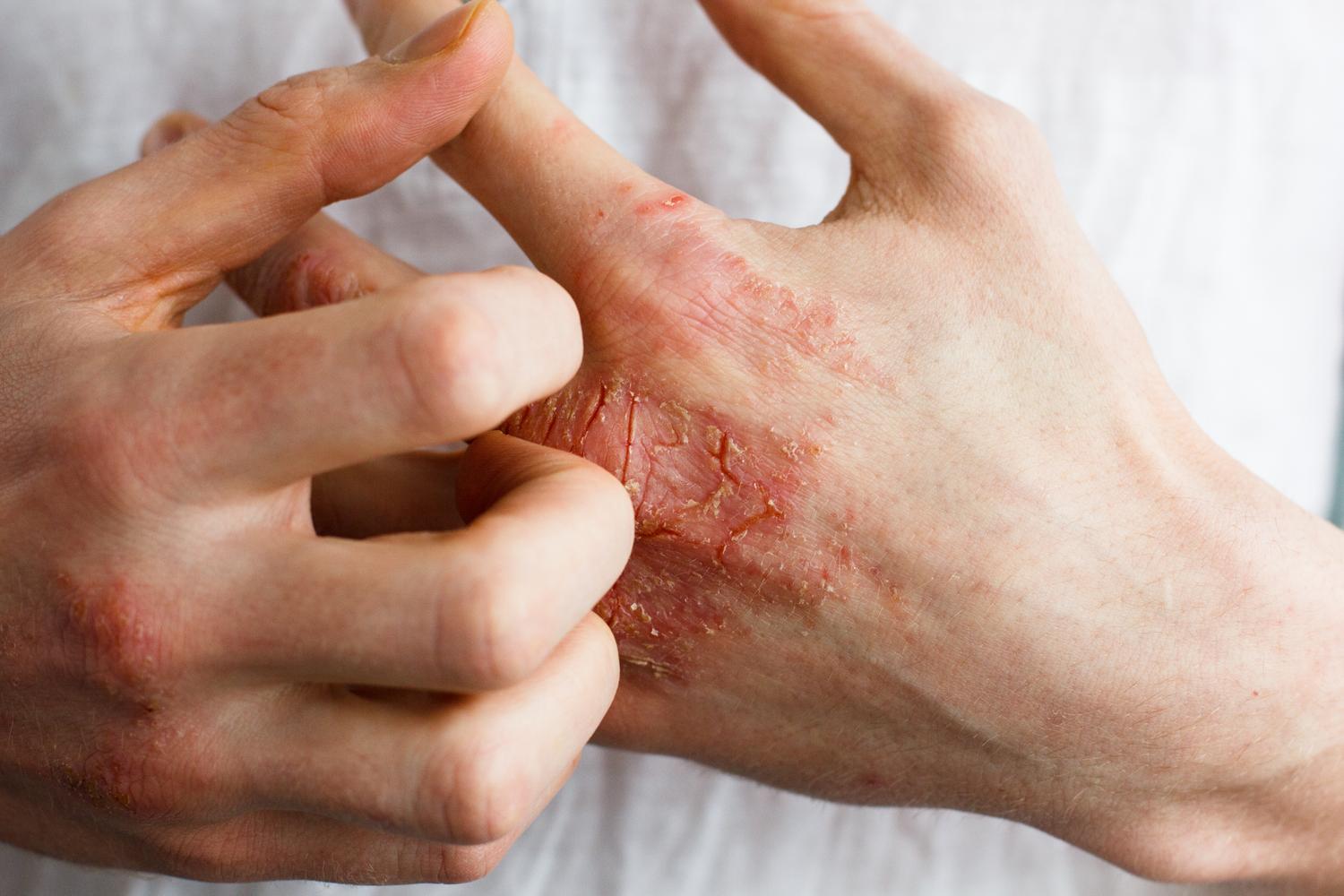
Explore the differences between eczema and psoriasis, two chronic skin conditions. Discover their symptoms, causes and various treatment options to help manage these conditions effectively.

Heat exhaustion and heat stroke vary in terms of severity, symptoms and treatment. Read on to learn more about the differences between these conditions, along with treatment and prevention measures.
